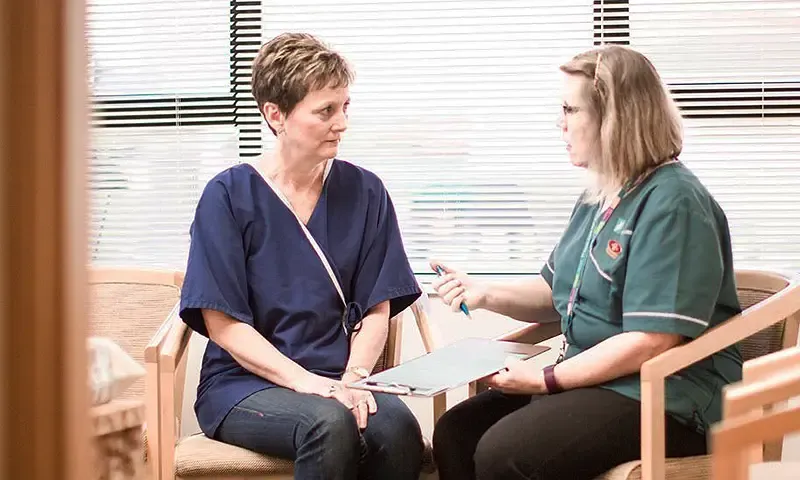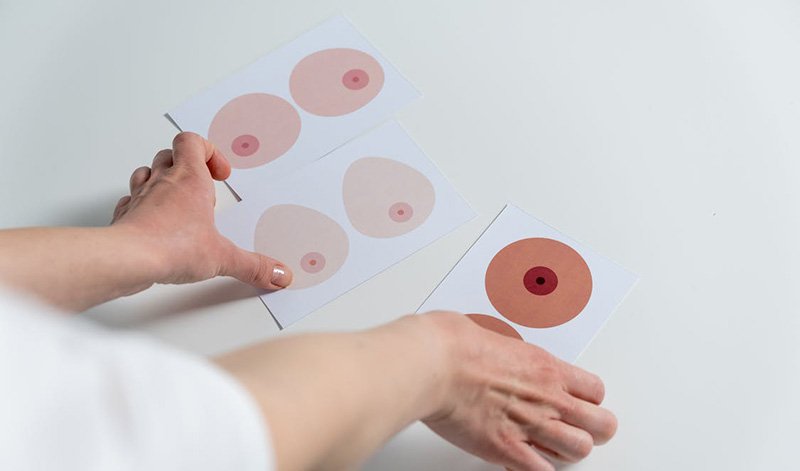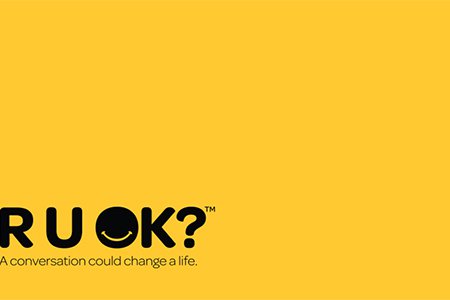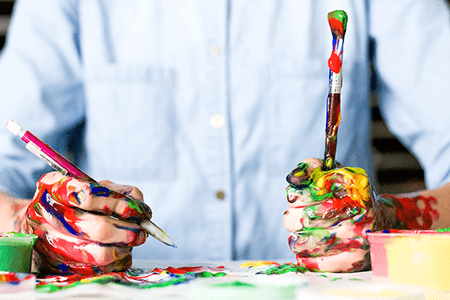When do I need to get a mammogram?
By MAS Team | 4 October 2023
Early detection means cancer is more treatable, but how young is too young to book a mammogram, and how often do you need them?
In Aotearoa New Zealand, breast cancer affects 1 in 9 Kiwi women in their lifetime, and it’s the country’s third most common cancer overall.
Breast cancer is easier to treat if it’s caught early, and regular mammograms and self-checks are the best way to pick up on any changes.
A mammogram is a low radiation x-ray that can pick up tiny tumours well before you can see or feel them.
According to Breast Cancer Foundation NZ, early detection can reduce the chance of dying from breast cancer by about a third. Alongside a higher chance of survival, breast cancer that is caught early is more readily treatable, there are often more options available, and treatment can be less radical.
Stats show that 95% of people with breast cancer survive for 10 years or more if the cancer is picked up on a mammogram. If it’s detected from a lump, the 10-year survival rate is 85%.
Breast Cancer Foundation NZ calls this ‘find it before you feel it’. While checking your breasts at home is a vital part of self-care, mammograms are the best way to pick up small, subtle changes, and they need to be done regularly to catch any issues as early as possible.

Breast cancer is extremely rare in teens and uncommon in women aged 20 to 39, although cancer in these groups can be more aggressive.
For women under 40, Breast Cancer Foundation NZ recommends staying vigilant by checking your breasts for changes and getting to know what’s normal for you. If you notice any unusual lumps, pain, or skin changes that don’t go away after your period, see your doctor.
Unless you’re classified as high risk, regular screening mammograms aren’t recommended for women aged 20 to 39. This is partly because the natural density and type of breast tissue in women under 40 can make mammograms difficult to read.
As women enter their 40s, the risk of breast cancer starts to increase.
In New Zealand, free mammograms are not offered under the national screening programme until 45, and once eligible, women enrolled in the programme receive mammograms every 2 years.
But the Breast Cancer Foundation NZ says women should consider getting mammograms from 40, and, sinceas breast cancers tend to grow faster in this age group compared with those in older women, that annual mammograms from 40 to 49 are the best way to detect cancer early. From 50, most women can go back to having mammograms every 2 years.
Alongside mammograms, it’s important in your 40s to do regular self-checks for your breasts, maintain a healthy lifestyle and weight, understand personal risk factors like family history of cancer, and chat with your doctor about any breast changes.
As part of the BreastScreen Aotearoa national screening programme, free mammograms are currently offered to women aged 45 to 69, although both the National and Labour parties have indicated they will progressively raise the upper age limit from 69 to 74. This means a further 115,00 women will be eligible for free screening.
Through BreastScreen Aotearoa, you can also find out where to go to get a mammogram in your area and book your mammogram online, or phone 0800 270 200 to make an appointment.
Even if you’re enrolled for regular breast screening, if there are any symptoms you’re worried about, you should see your doctor rather than waiting for your next mammogram appointment.
It’s completely normal to feel anxious about a mammogram, especially if it’s your first time or if there is something you’re concerned about. But it helps to remember that any discomfort is well worth it for your health and peace of mind.
Once you arrive for your appointment at a clinic, mobile breast screening clinic or hospital, you’ll be asked to fill in some forms before going to a private room to change into a robe.
During the mammogram, a radiographer will give you instructions every step of the way and will often gently move your shoulders or breast to guide you into the best position at the machine. You’ll feel a squeezing as the plates on the machine compress the tissue, and while it can be a bit uncomfortable, it doesn’t last long.
The most common type of mammogram in New Zealand is the screening mammogram, or an x-ray of the breast. At a screening mammogram, 2 sets of images (1 from the side, 1 from above) are taken of each breast, and the images are then reviewed by medical imaging specialists.
Some clinics offer tomosynthesis or 3D scans, which take multiple pictures from different angles to create a three-dimensional image of the breast. This newer technology can give a clearer picture than 2D scans and reduce unnecessary biopsies.
After your mammogram, a copy of the results will be sent to both you and your GP, and you’ll be contacted if anything abnormal is detected that needs further investigation.

Outside of the national screening programme, private mammograms cost about $200 to $300.
3D mammograms are generally more expensive, and cost around $350 to $400 depending on the clinic.
If something suspicious is detected on a mammogram, you’ll need to see your doctor or a breast specialist for extra tests.
Additional testing includes a clinical breast exam and a chat about your medical history, another mammogram and/or an ultrasound or MRI, and a biopsy to remove a tissue sample to be sent to a lab for analysis. The combination of a medical exam, extra imaging and a biopsy is called the ‘triple test’, and all three elements need to be confirmed as positive for doctors to make a diagnosis.
However, it’s important to know that most women who are called back for an assessment do not have cancer. According to BreastScreen Aotearoa, about 1 in 10 women are asked to come back for more testing following a first mammogram, and for subsequent mammograms, it’s 1 in 20.
In Te Ao Māori, Te Whare Tapa Wha is a concept that looks at our overall wellness like the 4 ‘walls’ of a house. Each of the 4 pillars; taha wairua (spiritual wellbeing), taha hinengaro (mental wellbeing) taha tinana (physical wellbeing) and taha whānau (family and social wellbeing) are equally important, and all need to be taken care of for us to feel our best.
Think of breast care as part of your taha tinana. Each month, use the ‘Touch, Look and Check’ method from Breast Cancer Foundation NZ to examine your breasts for any changes, be an advocate for your own physical health by keeping up to date with mammograms, and make sure to consult your doctor if you have any concerns.

16 September 2021
Reaching out to ask 'R U Okay' and having a ‘courageous conversation’ with someone you know or care about may help to save a life. Here is some advice on recognising the signs and symptoms of depression and anxiety.

15 September 2021
Emotional stress is felt throughout our body, it's not just limited to our over-worked mind. So what can you do to help someone who feels physical pain from an emotional event?

4 September 2019
Expressing yourself creatively and making time for these types of activities has been proven to permeate other aspects of life, making us happier, healthier, more rounded individuals.